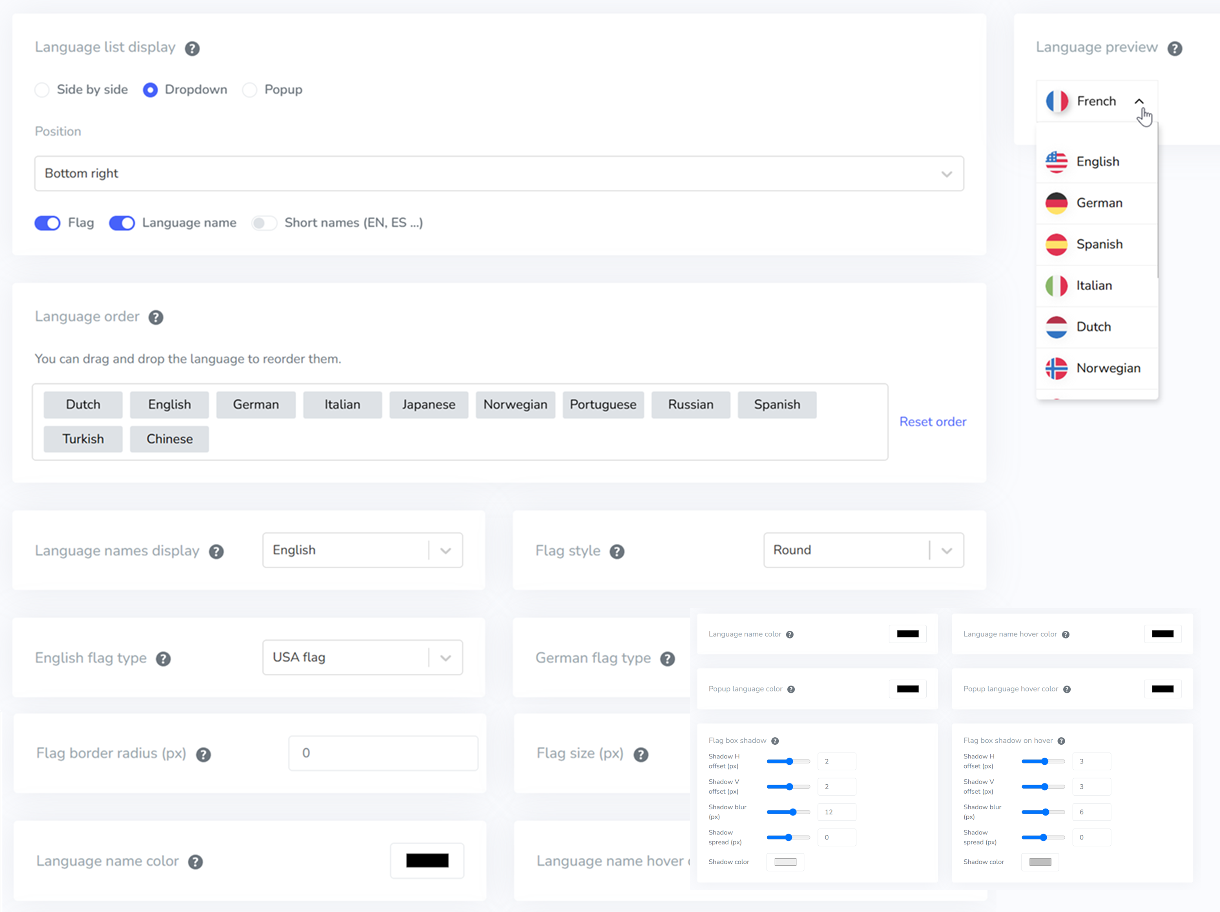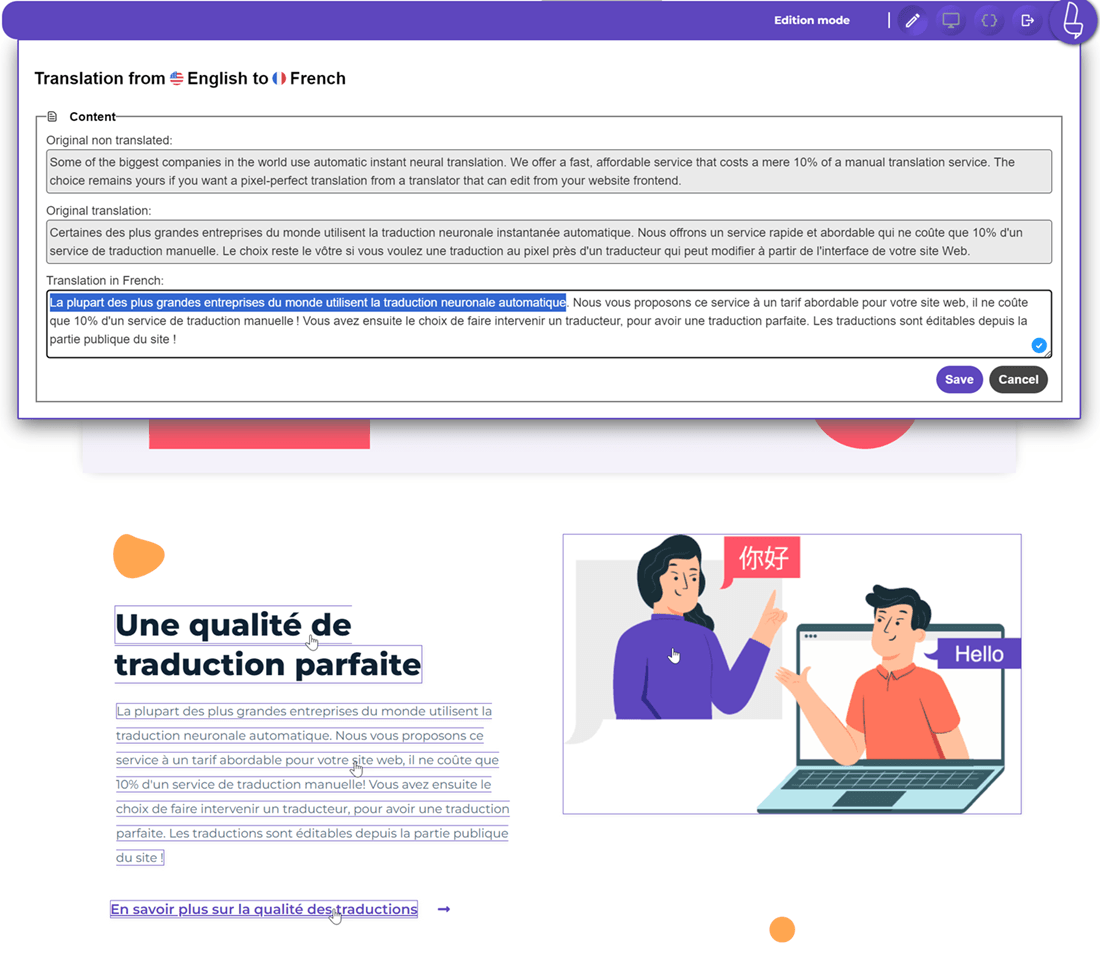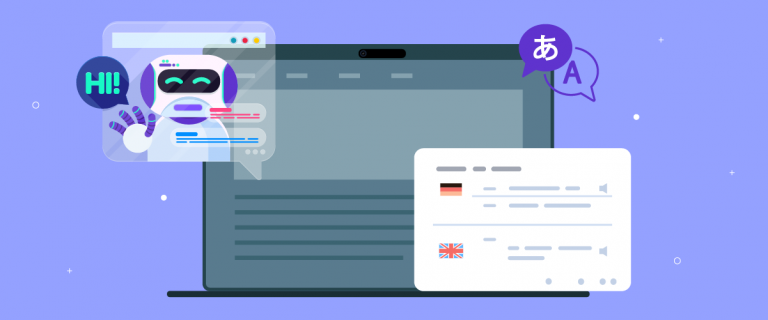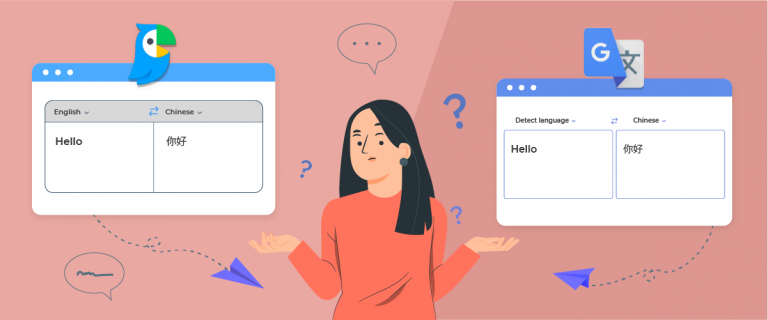A landing page is a web page designed to convert visitors into prospects or customers. Here, you can offer product deals or content that grab customers’ attention and make them take action or purchase your product directly.
Everyone can access or purchase goods from various parts of the world without language limitations. Therefore, building multilingual landing pages in various and most spoken languages is also important to help reach more international customers.
So, in this article, we will discuss how to build multilingual landing pages to help increase conversions!
What are the multilingual landing pages?
Multilingual landing pages cater to the needs of users who speak different languages. By presenting content in their native language, they aim to eliminate language barriers and provide a personalized experience for users.
These pages often feature product displays designed to capture visitors’ attention immediately. Product displays may include images, descriptions, or special offers that pique visitors’ interest and prompt them to take action or purchase directly.
With attractive product displays, especially when selling digital products, users visiting the landing page will find it easier to connect with the products or services offered. Information presented in various languages makes users feel more comfortable and confident in their decision-making, increasing the likelihood of them taking action or purchasing.
Thus, multilingual landing pages provide content in various languages and showcase products or services directly to facilitate the user decision-making process and encourage desired actions by the business.
Why should you build multilingual landing pages on your website?
You should build multilingual landing pages on your website for several reasons. There is some data that you can consider when building multilingual landing pages.
A report released by CSA Research shows that consumers respond much better to products and content in their language. This indicates that providing content in a language consumers understand can increase their engagement and interest in your products.
- 65% prefer content in their language, even if the quality is poor.
- 76% of consumers prefer products with information in their language and
- 40% will not purchase from a website in another language.
This data shows that providing content or landing pages in the user’s local language can eliminate language barriers and potentially capture 40% of users who would not purchase in another language.
Despite the strength of English as the global trade language, consumer preferences for local languages are often more dominant, especially in the increasingly developing Asian market, where almost everyone prefers products with content in the local language.
Benefits of multilingual landing pages for online sales
After understanding why you should create multilingual landing pages for your website, let’s discuss the benefits of creating multilingual landing pages for your online product sales.
Here are some benefits related to online sales.
- Increased product conversions: You can reach and influence customers from different language backgrounds by providing content in various languages. This can increase conversion rates because customers are more likely to engage with and purchase products or services when they feel comfortable with the language they understand.
- Minimizing transaction cancellations: You can reduce cancellation rates by providing product and service information in a language customers understand. Customers will feel more confident and satisfied with their purchases if they understand what they buy.
- Increased customer retention: Multilingual content can provide a better experience, increase customer satisfaction, and build stronger customer relationships. This can lead to higher customer retention rates and more repeat purchases.
- Insights into customer behavior: By analyzing the performance of multilingual landing pages, your business will gain data or information about international customer behavior and preferences. This data can help design future marketing strategies, product offerings, and expansion plans, ultimately driving growth and success in the global market.
Factors to consider when building multilingual landing pages
Creating a multilingual landing page requires careful planning and consideration so that the page is effective in achieving goals and meeting user needs. Here are some factors to consider when creating a multilingual landing page.
Goals of landing page
The first factor to consider is the purpose of creating the multilingual landing page. Are you aiming to simply introduce products or services, gather contact information from potential customers, or drive sales conversions?
Below are several types of goals you can achieve with the creation of a multilingual landing page.
- Lead generation: The primary goal is to generate leads or individuals interested in becoming potential buyers. This involves capturing contact information from potential customers across various language segments. Some methods include displaying registration forms or offering eBook deals.
- Product/service introduction: The second goal is product or service introduction. At this stage, you want to showcase and explain your offerings to a global audience. Examples of content that can be included are detailed descriptions of product/service features, product specifications, and product usage demos/tutorials.
- Sales conversion: This goal involves driving direct sales by providing a localized and user-friendly purchasing experience. Examples include providing pricing information, payment options, and shipping details specific to each language, as well as call-to-action buttons like “Buy Now.”
- Brand awareness: At this stage, the aim is to build your brand’s presence in the international market to a diverse audience from various cultural and linguistic backgrounds. Examples of content include business history, customer testimonials, and business awards.
Segmentation & target audience
After defining your goals, understand your target audience as best as possible. Conduct market research to identify potential customers’ demographics, language preferences, and cultures in various countries. This research will help you determine which languages to include on the website, what content style is appropriate for potential customers, and their shopping behavior.
Engaging copywriting
Copywriting is key to multilingual landing pages. Your writing should be able to evoke customer emotions, describe the benefits of the product, and ultimately encourage customers to take action through persuasive call-to-action (CTA) buttons such as “Buy Now” or “Start Free Trial”, form fill buttons, or contacting your business contact.
Also, don’t forget to optimize the copywriting for each language so that your content sounds natural and not like stiff translations.
Below is an example of a website landing page with a CTA button saying, “Get my free consult”. When the button is clicked, a form will appear that you can fill out. After filling out this information, they will contact you.
This also benefits them as they receive basic customer information that can be used for product promotion later.

Use keywords
Keywords are the map to navigate your potential customers to your landing page. Research international keywords in various languages, and optimize the content by inserting keywords into the copy you created earlier. This will help improve rankings in search engines and increase international visibility.
For example, if you target the keyword “The professional web builder” when the page is translated into Portuguese, the keyword should also be translated to “Construtor de sites profissional”. An example of this can be seen in the multilingual landing page below.
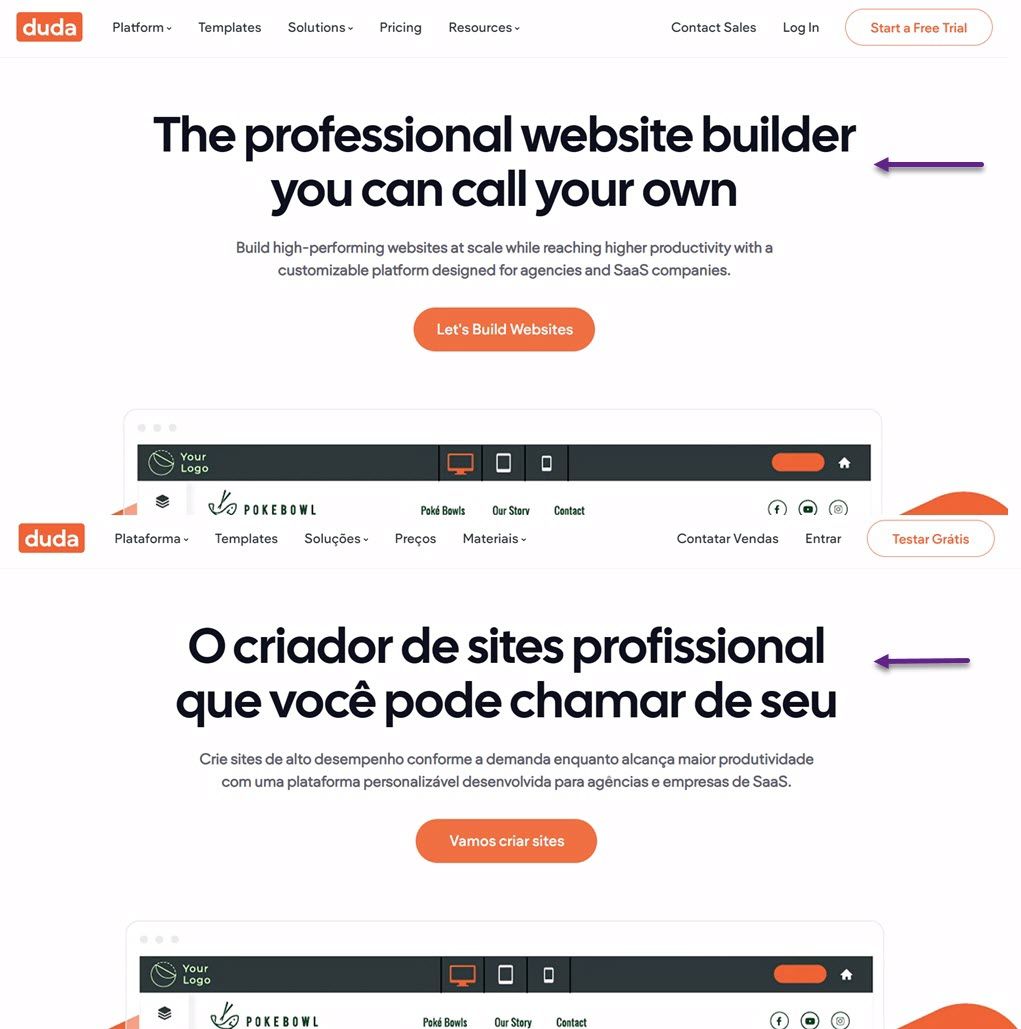
Culturally relevant images
Customers indeed enjoy seeing cool pictures. However, ensure that the images and visual elements you use for multilingual landing pages are culturally relevant. Using relevant images is one of the tips to localize the website design. For example, for Asian audiences, images featuring Asian people or familiar backgrounds, such as typical buildings or landscapes in that region.
Additionally, pay attention to using colors, symbols, and icons that may have different meanings in certain cultures. Something considered good in one country may not be the same in another. Conduct thorough research and incorporate cultural insights into your visual landing page design.
Below is an example of a multilingual landing page from the Coca-Cola brand. English uses familiar images, while Korean uses highly iconic images representing the country, such as a Korean Girl Band.
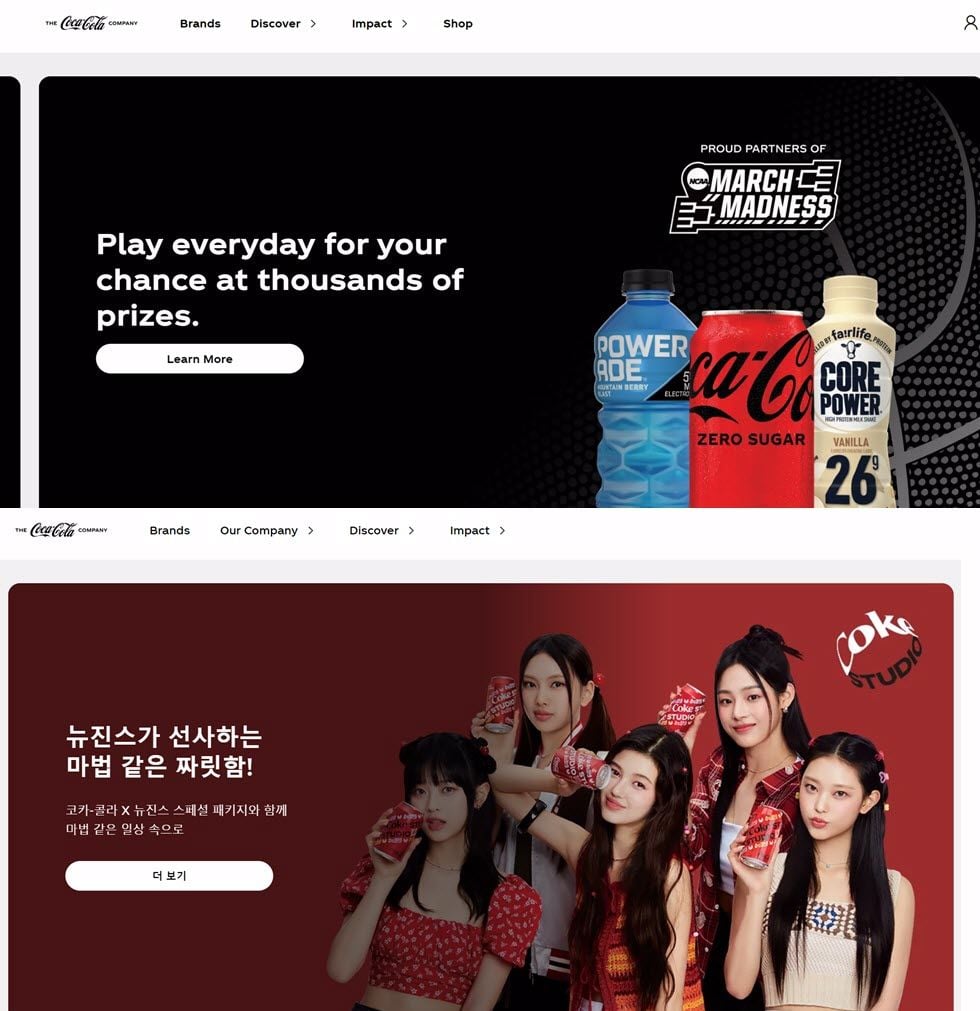
Language switching button
The next factor you must consider is the language switch button, allowing visitors to switch between different languages easily. This button is crucial for flexibility and convenience for international audiences visiting your landing page.
First, make sure to place the language switch button in a prominent and easily accessible location, such as in the header or footer of the page. Second, use intuitive and universally understood language icons and labels. For example, you can use country flags or language codes like “EN” for English and “ES” for Spanish.
Third, when visitors click the language switch button, ensure that the entire page content immediately changes to the selected language. This includes text, images, multimedia, and other elements.
With a well-designed language switch button, you will enhance accessibility and user experience for multilingual audiences, ultimately increasing the conversion rate of your landing page.
This is the landing page of the Linguise website, providing a language switcher consisting of several languages in the top proper header. The language switcher also has flag icons for each language or country.
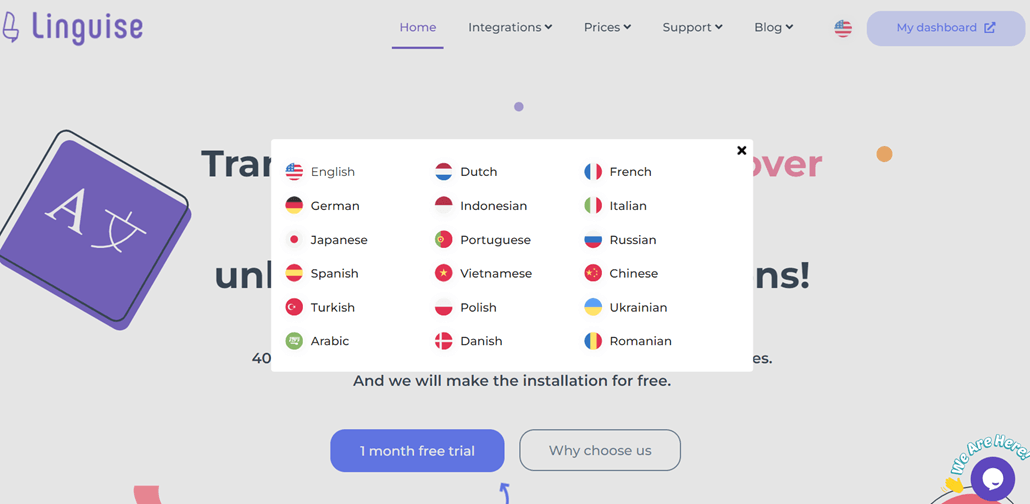
Translation technology used
The last important factor in creating high-converting multilingual landing pages is the translation technology used. Three main methods can be considered:
- Manual/human translation: involves professional human translators who manually translate content from the source to the target language.
- Machine translation: this technology utilizes artificial intelligence and algorithms to translate, such as Google Translate, DeepL, etc.
- Automatic translation: this method combines the power of machine translation with a final touch from human translators. Machines automatically translate content, and then professional translators check and edit the results to ensure accuracy and translation quality.
Of the three options, automatic translation service is considered the most suitable option for multilingual landing pages. Combining the speed and efficiency of machine translation with the accuracy and quality of human translator editing allows you to obtain accurate, natural, and impactful translated content that maximizes conversions.
After that, it is important to choose a reliable and trustworthy automatic website translation service, and Linguise is one of them. So, what are the features of Linguise and how to build multilingual landing pages with Linguise? Find out more below.
Step by step, build a multilingual landing pages using Linguise
Linguise is an automatic translation service that also has the capability to create multilingual landing pages. You don’t need to worry about the CMS or web builder you’re using because Linguise integrates with over 40 CMS platforms, and yours might be one of them.
You can translate your landing page into various languages using Linguise, as we provide more than 80 language options.
Additionally, here are some other advantages offered by Linguise for building your multilingual landing page:
- Translate all web elements, like menus, CTA buttons, forms, and elements on your landing page.
- Front-end live editor feature that allows you to edit machine-translated results along with translators you’ve invited beforehand.
- Perfect translation quality results, up to 97%, can provide accurate and contextually relevant results on the landing page, especially in its copywriting.
- Translate images and links on your website for localization and many more features. You can check why you chose Linguise.
Next, we will discuss building a multilingual landing page with Linguise.
Step 1: Prepare for your website
The first step is to ensure you have an active website or landing page ready to be translated. You can create it via WordPress CMS or other platforms supported by Linguise.
- Joomla
- Webflow web builder
- Wix website
- Squarespace web builder, and many more.
So, choose a platform that suits your needs and technical capabilities when creating a website or landing page. Then, you can easily integrate it with Linguise for the translation process.
Step 2: Register Linguise account
Then, sign up for a Linguise account. You can try the free trial feature for 30 days. You just need to enter information such as username and email, and you will get a translation limit of up to 600,000 words.
Step 3: Add domain website and choose languages
After accessing the dashboard, choose the platform you use, for example, WordPress. Then, select the target languages you aim for and the website’s default language.
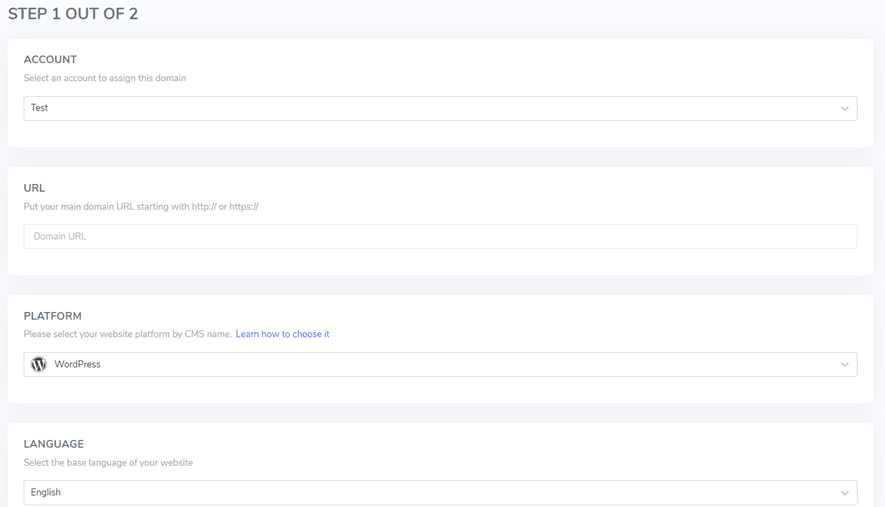
Step 4: Integrate your web with API key Linguise
Next, connect your website to Linguise so that your website can be translated automatically. If you are using WordPress, first install the Linguise plugin by following this tutorial Install Linguise on WordPress.
In the API key column, enter the API key you obtained from the dashboard to integrate your website and enable automatic translation.
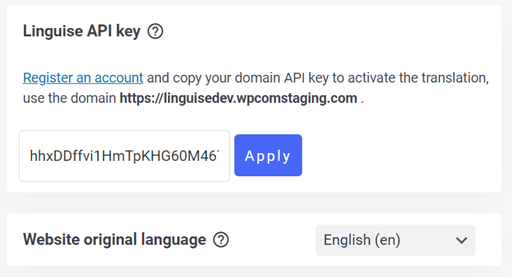
Step 5: Automatically translate your landing page
An automatic multilingual landing page will be created if the integration is successful. For example, this is a sample of a multilingual landing page created.
The landing page also has a default language switch button. This button can be further customized according to your preferences.
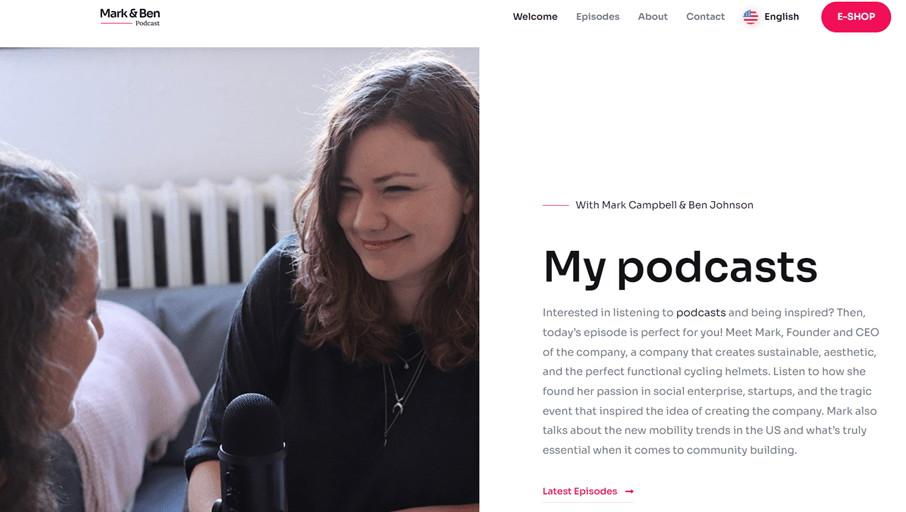
Step 6: Customize language switcher
Linguise offers a feature to customize the design of the language selector. With this customization, you can create a language switcher that fits the needs of your website.
The process is simple, open the Linguise dashboard > Settings > Language flags display. Below are several sections you can customize, such as position, icon shape, size, color, etc.
Step 7: Edit translation with live editor
In addition to editing the language switcher, as mentioned earlier, we also have a live editor feature that allows you to edit machine-translated results.
You can work alone or collaborate with the translators you have added. This way, the translation results can be more accurate and contextually appropriate.
Build your multilingual landing page to increase conversion!
Building a multilingual landing page is a crucial strategy for boosting online sales conversions, especially for businesses looking to reach a global audience.
Key benefits include increased product conversions, decreased transaction cancellations, improved customer retention, and a better understanding of international customer behavior.
One crucial factor to consider when building a multilingual landing page is the translation technology used. Automatic translation technology that combines machine translation with the final touch of human translators is the best option for producing accurate and natural translation content.
Linguise is one of the services you can use, and it offers various advantages. Whatever platform you choose to build your landing page like WordPress, Webflow, Wix, Squarespace, Linguise supports the integration.
So, don’t hesitate to register your Linguise account today and unlock the power of multilingual landing pages to drive more conversions and reach a truly global audience!


